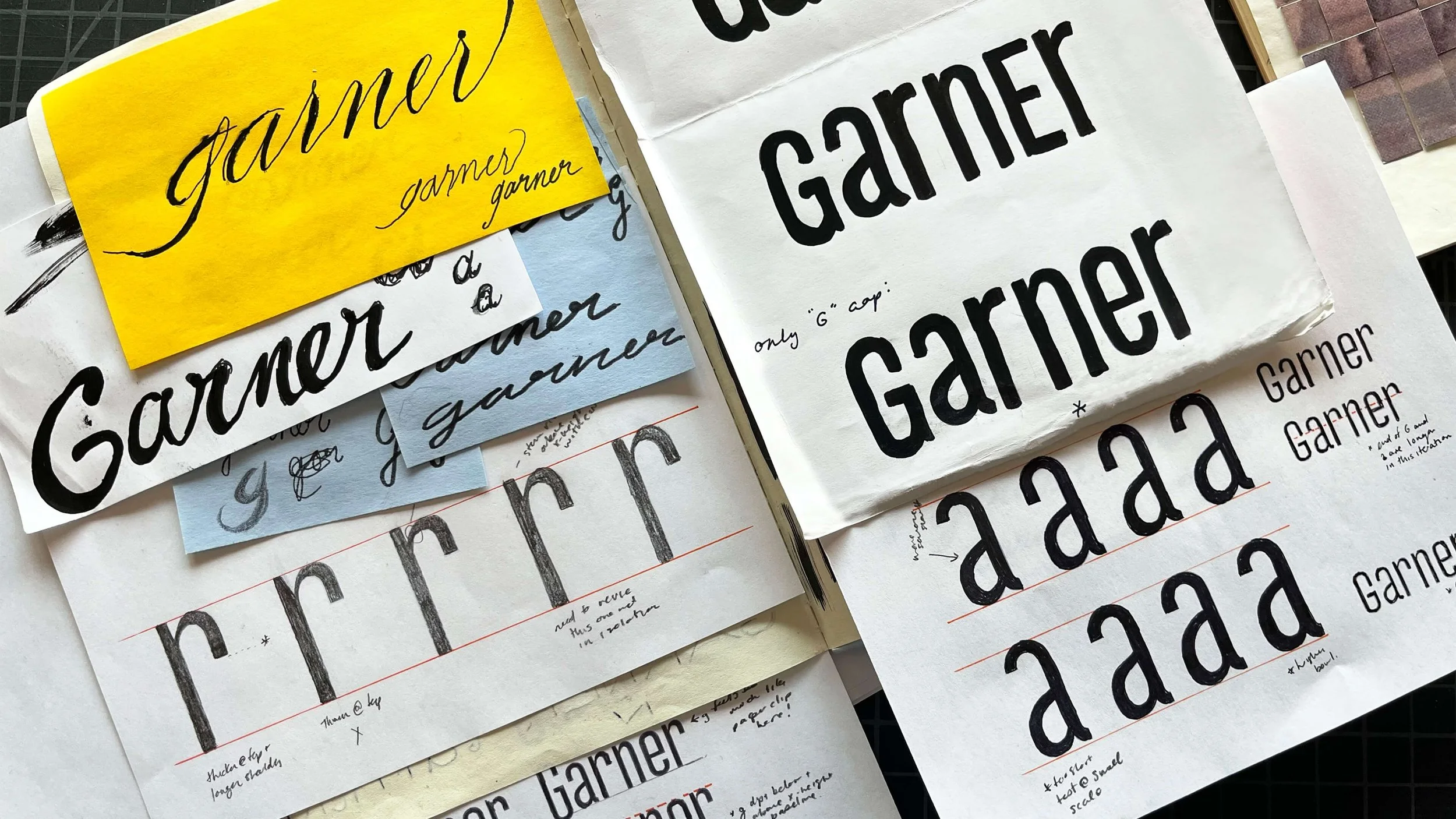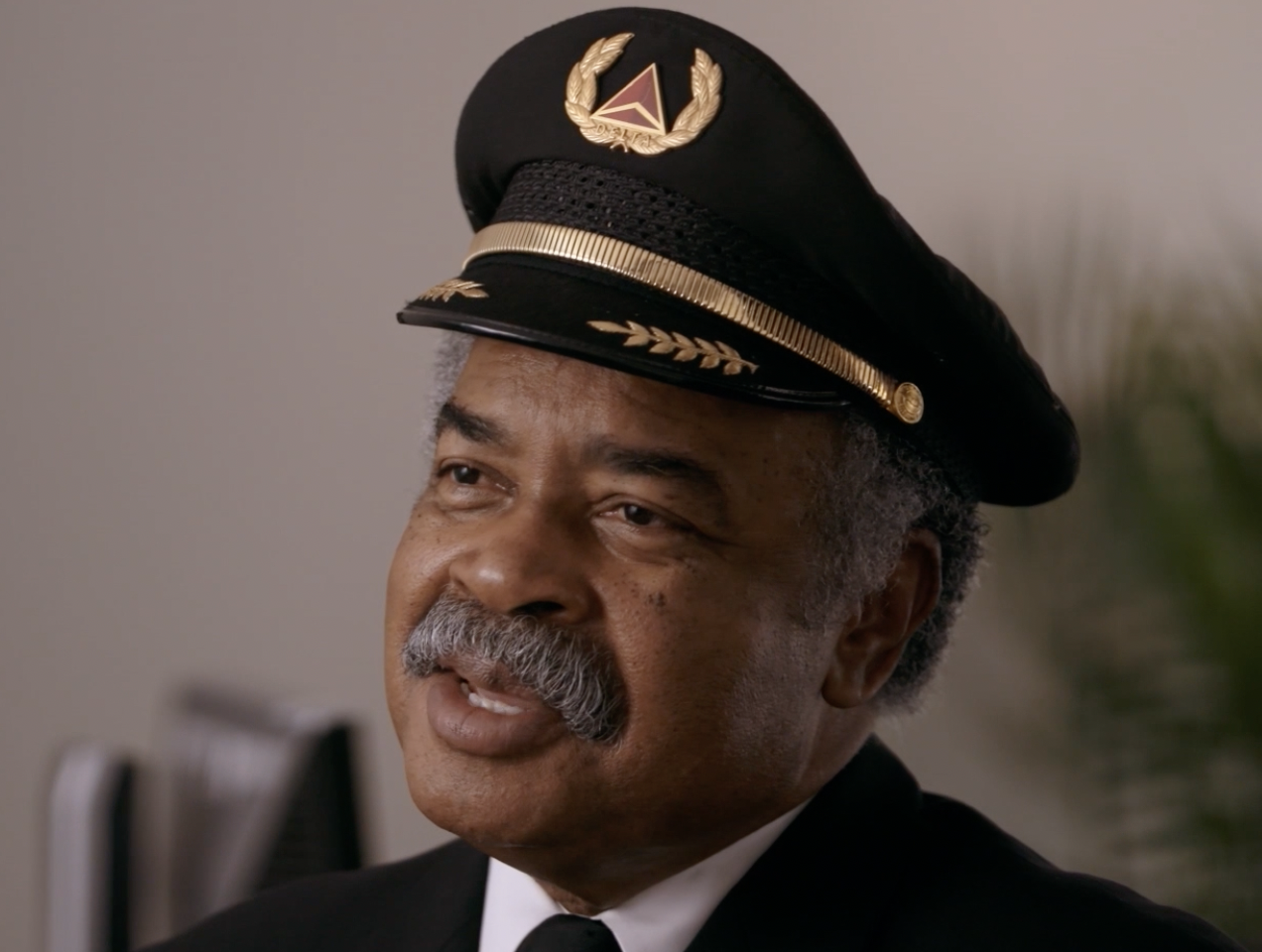Clients and Collaborations
Clients inclusive of my work as leading our studio’s business development efforts and as a writer: Target, MilliporeSigma, Google, Meta, Amazon, KPMG, The Wall Street Journal, IHG, Marriott, Care.com, Royal Caribbean Cruises, Weight Watchers, The Legal Aid Society, Feeding America, ASICS, Huber Engineered Woods, Iron Mountain, Bloomberg Philanthropies, Navistar, Belcorp, Chicago Public Media, Teal Health, The Engine Accelerator, The City of Atlanta, and The Heritage Group.
Note: I’m under NDA, so I can’t tell you about a lot of this work. But, rest assured, it’s all great!
Writing and Publications
I am the lead editor and also contribute to IDEO’s craft-focused journal, Edges. Edges is kind of like a factory tour of all the experiments IDEOers are running at the intersection of people and technology. Some of my publications:
Against Optimization (my second favorite)
How Do We Discover New Things? (my favorite)
Things I’ve published elsewhere:
Selected Work
82°E
—
This was a multi-year collaboration with one of Bollywood’s biggest stars, Deepika Padukone. She wanted to launch her own self-care brand, but one that felt like it could speak to a truly global audience. We conducted multiple rounds of consumer looks across the entire world, but with a specific focus on India and the Middle East, and realized that there was an opportunity to combine the time-honored traditional ingredients of the sub-continent — Ashwagandha, Gotu Kola, Turmeric and more — with the key active ingredients —hyaluronate, peptides, niacinamide — that are scientifically-driven and found in all premium skincare products. The name, 82°E, is a tribute to the standard meridian that crosses through India, and builds off of the brand’s philosophy “We’re born in India, for the world.”
The IDEO team designed the entire visual and verbal brand identity, the initial product launch, the website (including the UX flow and CRM notifications), and social strategy. What we made is the first self-care brand that speaks to both halves of the world, one that built off of tradition but isn’t restrained by it. This shows up across the entire brand experience — from the way that products are named and described, to the content that lives on the journal, to the light overlay on the photography that represents the meridian.
The first product line sold out immediately, and the brand continues to add more products, including a line for men.
IHG Hotels and Resorts
—
In 2023, IHG approached us to build a new brand for their latest hotel launch, Garner. As Covid ushered in wholesale changes to the hospitality industry — the blending of business and leisure trips, remote work, the growth of smaller to mid-sized cities — IHG needed a new offer catered to a new type of traveler.
Garner is a midscale conversion brand which means that, unlike new build hotels, Garner hotels are renovations of previous hotels. The exact layout of each of the hotels is different, so the brand needed to be flexible enough to accommodate a less controlled brand environment.
We were also dealing with the fact that this is a saturated market with very little differentiation between competitors. So we sought to bring a layer of warmth and generosity to the brand, infusing a sense of adventure into the verbal and visual elements, ultimately turning the differences between Garners into part of the experience.
The logo was rendered by hand, inspired by vintage letterforms and modernist typography, while we also worked with the IHG team and their manufacturers to design bespoke navigation icons, full interior and exterior signage, and the launch video.
Garner is one of IHG’s fastest-growing brands with more than 120 hotels converted since launch and global expansion into the UK, India, Japan, and Turkey. IHG plans on launching 500 Garners in the next 10 years, and 1,000 in the next 20 as a key part of IHG’s growth strategy.
The Legal Aid Society
—
The Legal Aid Society is the oldest and largest provider of legal aid services in the country. We worked with their community outreach team to create a messaging campaign to amplify the organization’s work to help New Yorker’s navigate and understand what to do when confronted by a police officer.
Our work began side-by-side with the Legal Aid Society’s team of community organizers, people who work on the ground with over-policed communities to help people stay safe and out of the criminal justice system. We ran a series of co-creation workshops with organizers and community members and emerged with the pillars that guided the rest of the work: Make it for the People, With the People, Own the Offense, Not the Defense, Present Law as a Tool Rather Than a Solution, and Don’t Just Educate, Motivate.
We then designed a suite of campaign assets — everything from social media ads, OOH posters, videos and scripts, photography, and drill music to accompany the ads. The tagline of the campaign was “Use What You’ve Got. Your Rights, Your Power,” which accompanied straightforward, accessible explanations of topics like consenting to search, getting badge numbers, and staying silent.
The campaign is still running and is one of the Legal Aid Society’s most successful to date. But the end goal is and has always been making sure more New Yorkers get home safely. The rest is just noise.
The NSF and The Engine Accelerator
—
As part of 2022’s CHIPS and Science Act The National Science Foundation launched a program called The Regional Innovation Engines Builder Platform. We just called it the Builder Platform. The NSF worked in partnership with MIT’s Tough Tech Accelerator program, The Engine, to activate the Builder Platform. We worked with The Engine to build the brand and the key introductory moments of the onboarding experience (including the website) for the Builder Platform.
To explain this as succinctly as possible: the NSF gave out around $160 million each to 16 different Regional “Engines” (not to be confused with The Engine). Each “Engine” is a consortium of universities, nonprofits, for-profits, accelerators, and more, dedicated to the advancement of a particular technology in their region. For example, in Central Florida, the ICAMR “Engine” is a collaboration between multiple partners to grow domestic semiconductor manufacturing. In North Carolina, The Industrial Commons “Engine” is a partnership to grow domestic textile innovation and production.
The regions were chosen strategically: these are areas that aren’t seen as traditional hubs of innovation. The purpose of The Builder Platform is to establish the resources and communication channels between and amongst the various Regional “Engines” so that they can establish successful ecosystems of domestic innovation in critical technological sectors.
Our brand work was focused on the theme of “community-driven futures.” That the way forward was through collaboration, increased accessibility, and acting as a catalyst for new forms of innovation. Our tone doesn’t shy away from the scientific rigor that makes this work so important, but it speaks plainly with a beckoning hand. Our visuals lean heavily on a gradient which is a literalization of the interconnectedness of the “Engines” and the ways of working needed to usher in a new era.
The program continues to grow as more “Engines” receive funding and the support and touch points between these regional ecosystems and The Engine (MIT’s The Engine), yields more investment from public and private partners.
The Mole Agent Oscar Campaign
—
Director Maite Alberdi’s second documentary to appear on POV was The Mole Agent, a movie about an octogenarian who’s hired to “infiltrate” a Chilean nursing home when one of the residents’ daughters suspects foul play. Sergio Chamy, the 83-year-old first-time private eye, is… not good at it. He doesn’t really know how to use his phone, can’t get the recording right, and isn’t exactly discrete. But Sergio quickly dispels the suspicion that anything is amiss, and the documentary instead begins to consider weightier subjects like aging, loneliness, isolation, and grief.
As a public media organization, my award campaign budget at PBS was a fraction of that of, say, a Netflix or an Amazon Studios. However, released during the pandemic, The Mole Agent emerged amidst a growing number of conversations about what it means to age with dignity, and how we can avoid the isolating effects of life’s final act.
We received a lot of positive responses after the documentary aired, so come time for award season, I reached back out to all the people who reached out to us about the film. A lot of what we heard was that the film made them think more deeply about their own relationship to their grandparents, or how the film made them feel understood as a senior citizen who was being politely, albeit strongly, shuffled away from society. So I emailed all of them and had them record, guerillla film-style, testimonials about how the film resonated with them. This involved a lot of me, sitting patiently on a Zoom call, teaching 80-year-olds how to flip their camera around. But the result was a patchwork of people at all different stages of their life speaking directly to the Oscar voters about how the film made them feel something new.
Our veteran press advisor said it was “the best campaign he’d ever seen” and The Mole Agent became the first Chilean film to ever receive a nomination for Best Documentary. It also got adapted into a series starring Ted Danson.
Delta Commercials
—
One time I was flying from Miami to Seattle. It was a Delta flight and I turned on the little TV in front of me and then sat through the inevitable Delta ad that plays before you get to the stuff you actually want. I made it about 5 seconds in before I realized I wrote the script and storyboarded it! I looked around the rest of the flight, feeling briefly very famous. “You were all forced to sit through something I wrote!”
The surprise was mostly sleep deprivation. I was at a production studio whose biggest client was Delta so I worked on a lot of the video content for the airline. This was everything from the “Curious Kids” series, to longer, documentary shorts about the human interest stories that put the people of Delta front-and-center.
My favorite part of the entire experience doing the kind of copywriting and development work I was doing for Delta was that it rewired my prior assumption about where a good story can be found. The scale of an operation like Delta’s is staggering, but finding and spreading those moments of humanity that make for connection? That’s it. That’s the spark.





